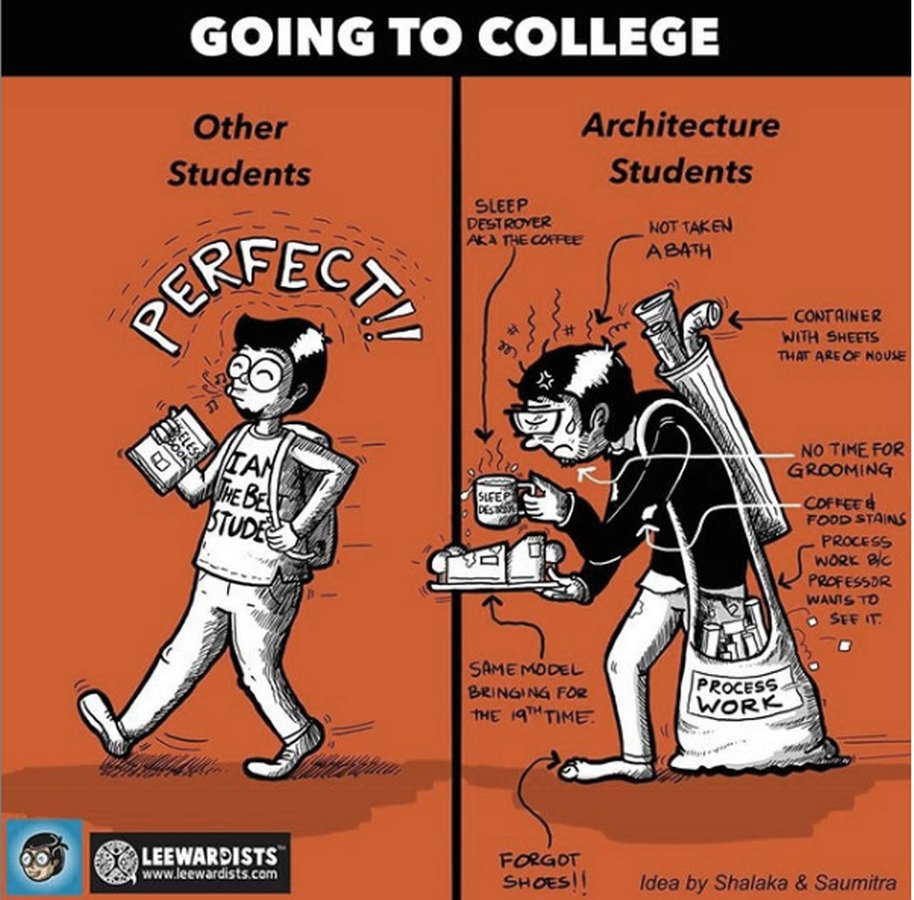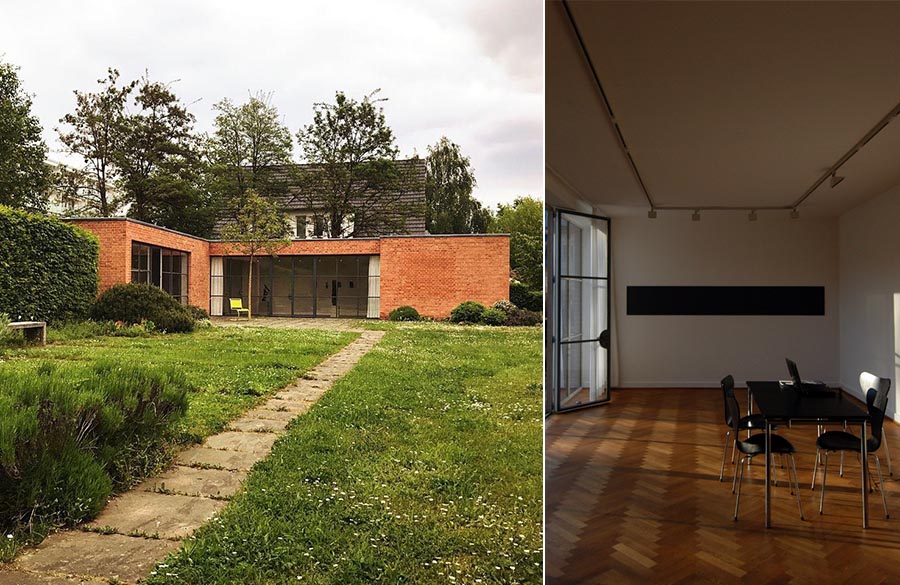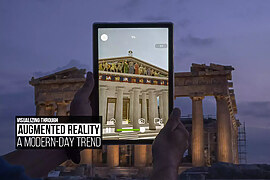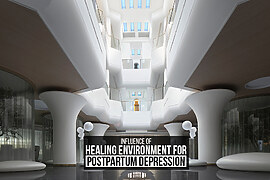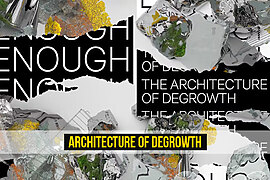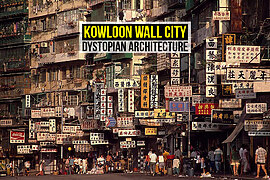Architecture is bound to any doctrine or formula. It is independent and substantially different. While architects hustle constantly between the clients, workers, and contractors, the balance is somewhere lost.
“It’s easier said than done.”
In architecture one faces a lot of realistic challenges and the perseverance about architecture changes along with every passing stage. From education to professional practice. With every passing year, one learns about the realistic approach towards architecture. Pragmatism in architecture is about things being done practically rather than theoretically. It is about the amalgamation of both technical skills and designing aptitude. We understand the evolution of contemporary planning of the cities and the buildings by comparing previous movements along with the origins of modern design to give out the best possible options.
To maintain calm and peace and also design something sensible and pragmatic, there are some of the factors that should be incorporated with what architects do.
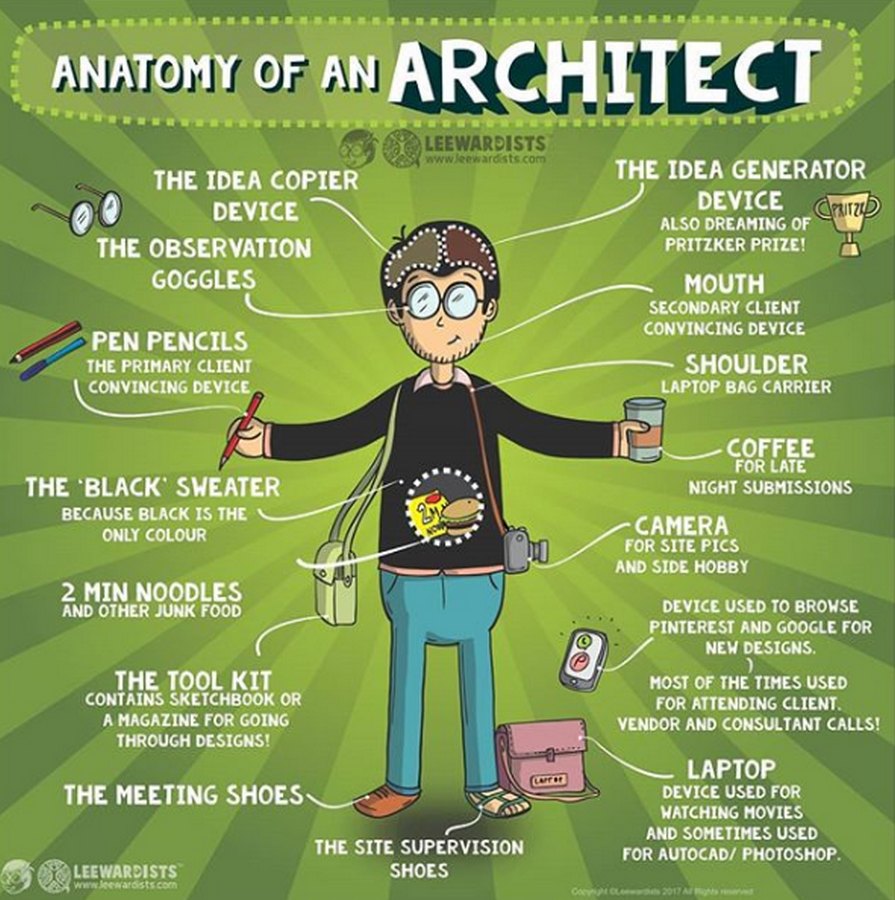
1. BEYOND DESIGNING.
All the learning in architecture fails when one enters the professional practice and it becomes different and difficult to unlearn what we take as architecture to what is architecture. Dealing with a newer problem every day we become the part and parcel of this endless journey of architecture where designing is just not the only thing we do but eventually designing is the only thing we care to do. Pragmatism could be achieved by exploring things beyond architecture. Certain skills that could be developed like communication, presentation, etc. Travelling also helps in developing a pragmatic approach towards design.
2. THE ART TO MULTITASK
What’s the point of doing anything if the reason why we are doing it fails? There is always a reason why we do things and the way we do it. Multitasking becomes an integral part of architecture as without that one will never be able to finish the thing they are doing.
Architecture is the toughest course according to the Guinness book of world records, 18 May 2011. Which concludes why we do multitasking?

3. DEFINITE ANSWERS?
Anything which could be questioned needs to have an answer. While we are working, we have to have the answer to all the questions we are asked and the moment we are asked we should know it. We often get distracted over the actual issues and lean towards something beyond. It’s okay to keep it simple or complex as long as we have the definite answers to what is happening.
Saying NO to anything that comes our way, makes us a criminal in our field. While before saying a yes we should also question that. A definite answer is not an option but a definite opinion is.
4. ETHICAL REMINDERS
We must do what is right than what is easy. Though it is said in the book Harry Potter, this has a huge impact on all the designer’s life. There will always be a fight between ethics and immorality but one should know their roots and responsibility as an architect towards humankind. There is some level of mockery in this field but a pragmatic approach and ethical reminders, help architects to give justice to the project.
We are the servant to the society wherein we build for the people and by the people. There should always be ethical reminders.
5. DON’T JUST LISTEN, REMEMBER
How we grow is more important than where we grow. We come across an ample amount of things which are not important but somehow it affects us more than we imagine. In the field of architecture, we hear a lot of things from various people around us.
We must listen to it and what matters to us or what concerns us, we must remember. That is how the creative field grows and gets more defined.
6. IT’S GOING TO TAKE LONGER THAN EXPECTED
“A smooth sea never makes a skilled mariner”. No one understands this better than an architect. The journey to reach the not imaginable destination is long. It’s longer than Mahabharata for us. But as it is said that the destination doesn’t matter but the journey does. What we learn in the journey we dissolve it in our personalities
7. THERE ARE VALUED TIMES
Good times and bad times stabilize the equilibrium of life. One goes through struggles and achievements according to the destiny has planned but there are times which have given us values and morals.
They stay with us until our graves. Those are the times that make us who we are and how we are.
8. CRITICISM AS YOU TAKE
One must positively take criticism either it is good or bad? In the journey of architecture, we get to hear a lot of good and bad things but do we want to take it all in? It should end with a question. The approach to anything is what makes the difference. The way architects perceive criticism helps them build a better structure.








